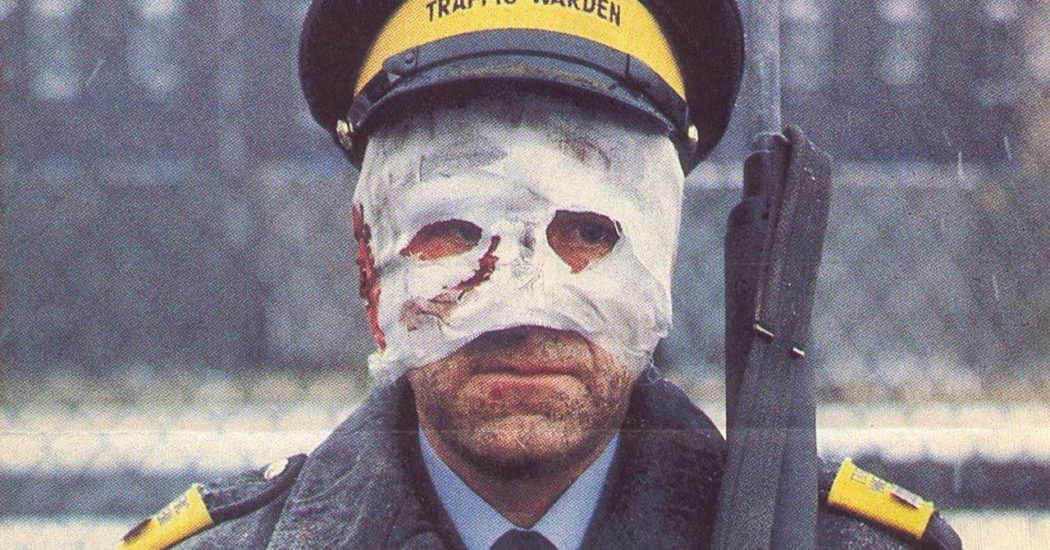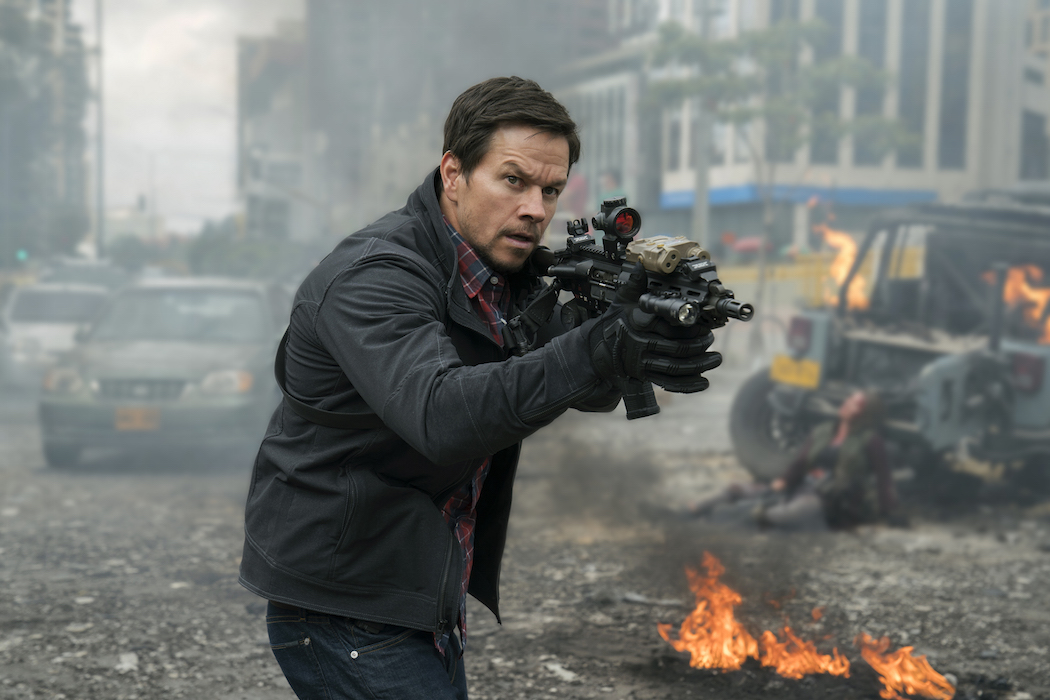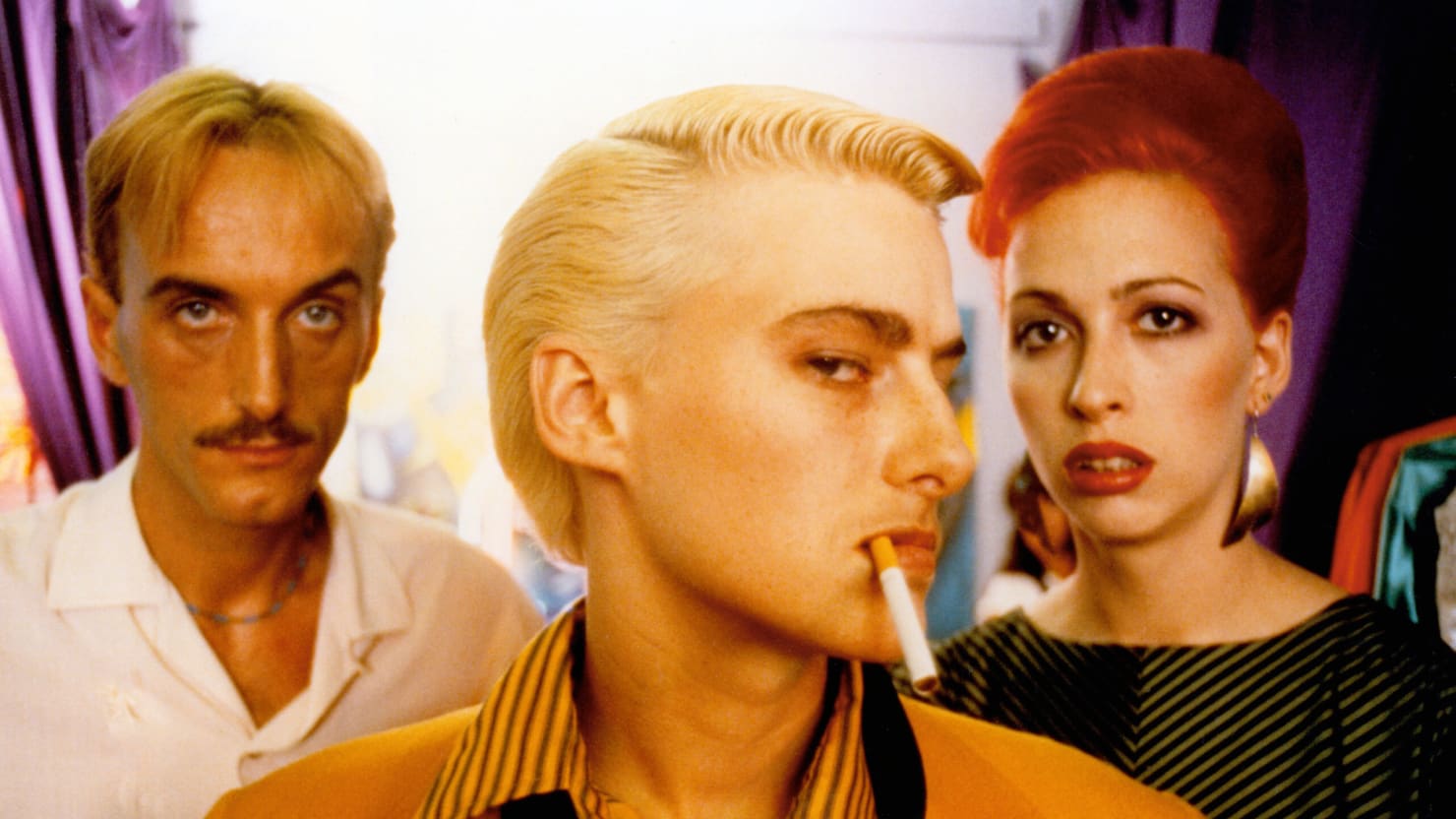
Cinema Fearité presents 'Threads'
What better way to traumatize a generation than with a nuclear war movie like 'Threads.'
Last year, Cinema Fearité dove into The Day After, the 1983 television movie that scared the hell out of an entire nation that was living on the brink of nuclear war. A year after the broadcast of that groundbreaking film, Great Britain came out with their own horrifying vision of the aftermath of an atomic attack. Since we are still, as a country, flirting with the reality of a nuclear incident, it seems like as good a time as any to take a good look at Threads.
Threads is set in the working-class city of Sheffield, England, and revolves mostly around a young couple named Jimmy Kemp and Ruth Beckett (played by Reece Dinsdale and Karen Meagher), along with their respective families. Jimmy and Ruth are expecting a child, and plan to marry, but their parents are cautiously reluctant about their decision to keep their baby. Despite the resistance, Jimmy and Ruth seem happy and optimistic about their future together.

Of course, in the background of all of this is a looming war between The U.S.A. and the U.S.S.R. over oil in Iran. Soon enough, military brinkmanship leads to muscle flexing. Shots are fired, ships are sunk, and, finally, nuclear missiles are launched. When the dust settles, all of Britain, including Sheffield, finds itself caught in the middle of a nuclear holocaust. The country becomes a lawless wasteland where those who survived the initial attack must scavenge and loot to continue living.

Threads was directed by Mick Jackson (who would go on to make big Hollywood movies like The Bodyguard, L.A. Story, and Volcano) from a script by famed writer Barry Hines (Kes, The Gamekeeper). Like The Day After, Threads is a slow building movie, with its first half basically concentrating on crafting the world and letting the audience get to know its characters. This makes the inevitable apocalypse much more disturbing once it comes, as the viewer has some emotional investment in the players. The characters in Threads aren’t quite as well defined or developed as those in The Day After, but the film is also not nearly as melodramatic or soap opera-like. However, in Threads, the shock and awe of the nuclear annihilation is multiplied, so it all evens out.

The individual characters in Threads may be painted with broad strokes, but the overall humanity of the British people is portrayed realistically and organically. Although England was a U.S. ally at the time (who knows where things are now), the country seemed to be caught in the crossfire of a bigger conflict between America and Russia. Threads shows protests and demonstrations both for and against the escalating war, and after the strike happens, the Brits suffer from the same radiation sickness and panic as the rest of the world. The country of England does have an interest in the war, but for the most part, Threads treats Britain and her people as innocent bystanders. They’re simple victims, collateral damage in a bigger conflict. And that makes the film all the more heartbreaking – it’s not their fault, but they get wiped out just the same.

At times, Threads has a documentary feel to it, sort of like an educational movie about what to do in the event of a nuclear attack. Most of the rising tensions in the war between the U.S. and the U.S.S.R. are presented via news footage and radio broadcasts, always in the background, serving as a constant reminder of the impending doom. Transitions between scenes that occur at different times (“11 days after attack”) are accompanied by title cards that share facts about the nuclear holocaust (“UK numbers may decline to mediaeval levels, possibly between 4 and 11 million“) as well as circumstances about the situations depicted in the film (“No electricity, no mains water, no sanitation”). To add to the public service announcement feel of the film, Threads also features voiceover narration that explains things like how to protect oneself from radiation poisoning and how to dispose of the bodies of the dead. In retrospect, the educational film angle comes off as scare mongering, but in the mid-eighties, when nuclear brinkmanship was at its height, it was enough to cause a panic amongst BBC viewers.

But in between the sterile docudrama presentation of facts and figures, Threads does contain some truly harrowing scenes. The most shocking segment is the nuclear attack itself. Like The Day After, the actual atomic incident is shown as explosive and fiery, with people screaming for their lives before melting into ash. Threads is a bit more graphic than The Day After, as it shows people on fire and burning instead of having them simply vaporize.

And then, there’s the aftermath. In one heartbreaking scene, the pregnant Ruth wanders through the rubble of the streets, encountering both the charred out remains of the dead as well as the shell-shocked survivors of the blast. She sees disoriented elderly people, children crying for their parents, even a man trying to grasp onto any semblance of familiarity by organizing a collection of Star Wars figures (possibly belonging to his dead kids?). And then, right when the viewer thinks they’ve had enough, Ruth finds a dead puppy. It’s manipulative, but damned if Mick Jackson didn’t know how to get a response out of his audience.

There’s plenty of room for both Threads and The Day After in the cinematic universe. Hell, in the early eighties, both movies were probably necessary. And they probably are today, as well.

